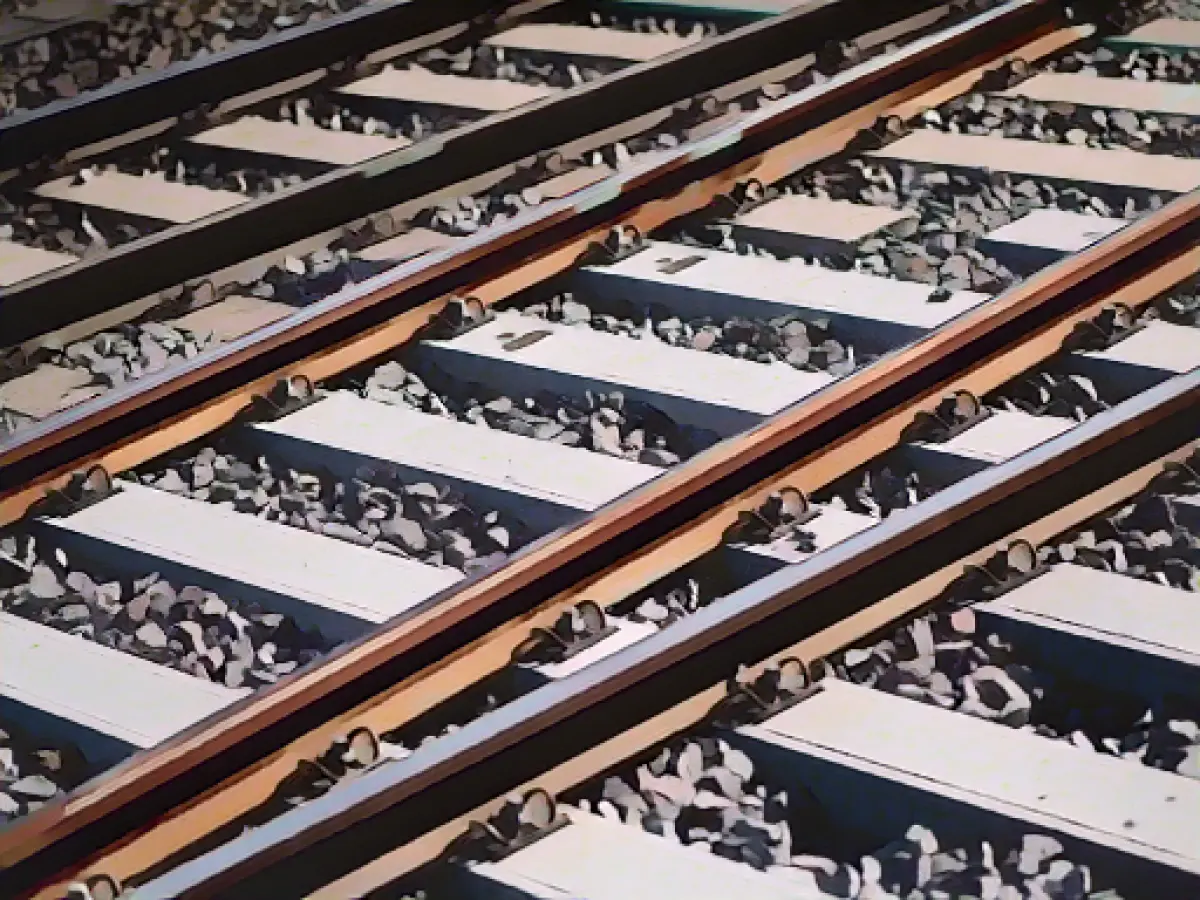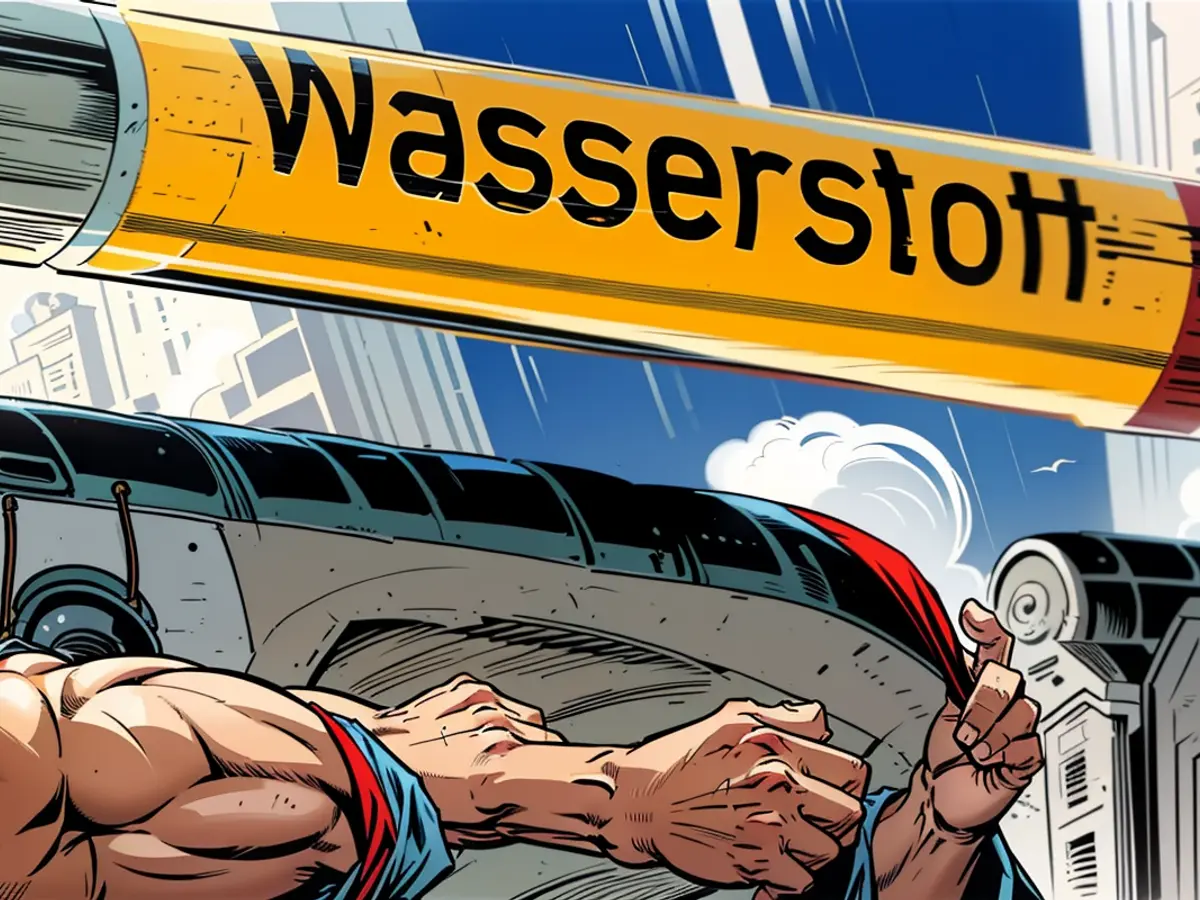Rail Woes on the Chemnitz-Leipzig Route
The Bundestag members Detlef Müller (SPD) and Bernhard Herrmann (Greens) have vocalized major concerns over issues on the Leipzig-Chemnitz rail line. They've deemed the conditions on regional express line 6 to be "untenable," citing delays, escalating train cancellations, and replacement of 300-seat trains with 129-seater vehicles - a significant inconvenience on a busy line.
Müller asserts that these problems hinder all attempts to expand local rail passenger transport in the region, while Herrmann criticizes the shortcomings as a hindrance to the broader goal of attracting more individuals to regional transport. They implore the Central Saxony Transport Association to intervene, as the line is managed by Mitteldeutsche Regiobahn. Both Müller and Herrmann propose financial penalties and partial/complete termination of the contract as potential solutions. They emphasize the urgency of substituting another company to guarantee dependable local passenger service on this crucial line.
The Leipzig-Chemnitz rail link has troubled commuters with subpar train services for years. Traditional GDR passenger coaches tugged by diesel locomotives continue to reign on this line, but a transition to modern battery-powered trains is slated for summer 2024.
Past problems on this line have led to increased road traffic in the area. Many users are opting for cars due to the inconsistency of train services. The railroad association needs to weigh the option of managing traffic more effectively on this critical rail route, potentially impacting both rail and road transportation.
Enrichment Insights
Rail industry developments worldwide hint at possible solutions for the Chemnitz-Leipzig rail line issues.
- Operational Efficiency: Advanced technologies like AI-supported systems could streamline occupancy and improve traffic flow, ultimately enhancing reliability and efficiency.
- Quality Management: Adhering to quality management standards like VDA 6.2 and IATF 16949 could guarantee that rail operations meet high standards of process safety and reliability.
- Infrastructure Upgrades: Investing in new trains and locomotives mirroring various contracts can significantly strengthen the overall reliability of the rail network by providing modern, efficient equipment.
- Operational Contracts: Shifting operations to companies like VIAS Rail, which have demonstrated successful rail network management, could introduce expertise and resources to improve reliability and efficiency.
- Technological Integration: Utilizing advanced technologies, such as passive radar for avalanche detection, could be integrated into rail monitoring systems to boost safety and reliability.








